Will Silver Ever Be Worth More Than Gold?
There’s no doubt that Precious metals make a great hedge in turbulent times. Still, exactly which Precious metal is better remains a subject of debate.
In general, Silver is more useful in industrial applications, which buoys its demand. But Gold has been more expensive than Silver for several centuries now – and the price gap continues to widen.
Because of this, many investors now wonder if Silver is due for a revolution that could see it match – or even surpass – Gold in value and popularity. So, will Silver ever be worth more than Gold?Let’s find out.
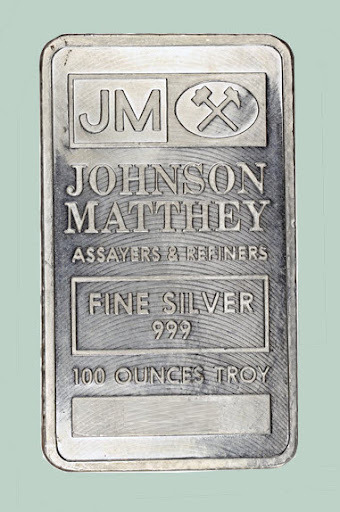
The Gold-Silver Ratio
Many experts and investors rely on the Gold-Silver ratio to provide insights into these two metals’ worth. Essentially, this metric compares the price of one ounce of Gold to the price of an ounce of Silver. The higher the ratio, the more valuable Gold is by comparison.
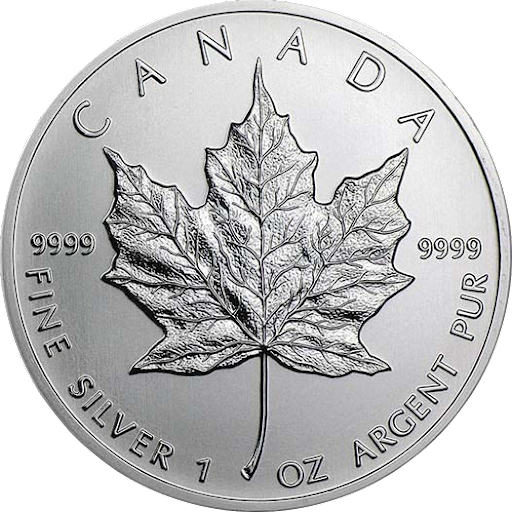
The Gold-Silver ratio remained steady – around 15:1 – from at least 1687 through the late 1800s. Then, in the 1900s, the price of Gold skyrocketed and left Silver in the dust.
Over the last 120 years, the Gold-Silver ratio has fluctuated between 18 and 100. (In other words, for every ounce of Silver you bought, you could pay up to one hundred times more for the same amount of Gold.)
The reasons for this are complex – differences in supply and demand, industrial usage, and Investment popularity likely all contributed. When the pandemic hit, a modern “Gold rush” saw investors flee from more turbulent Stocks into “realer” assets like Precious metals.
That rush, alongside multiple mine closures, saw the Gold-Silver ratio fluctuate wildly. (In 2022 alone, it spiked from 65 to 95 in a matter of months.) And volatility aside, such a stubbornly high ratio highlights just how far Silver would have to climb to outshine Gold.
Factors that Drive Silver’s Price
To understand the Silver metal’s chances of eclipsing Gold, it’s important to examine its price pressures.

Fiat Currency and Economic Movements
The strength of the U.S. Dollar and the Federal Reserve’s ongoing war against high Inflation continuously impact Precious metal prices. As Silver is more closely correlated to the markets than Gold, it’s far more susceptible to economic hiccups. (Often in complicated ways.)
Consider that higher interest rates often bleed into people’s bank accounts. When that happens, fiat currency earns more money than Precious metals that don’t pay interest or dividends. If demand drops as a result, the value of Silver may decline.
Other economic pressures may impact Silver, too. For example, when industrial demand declines, Silver falls out of fashion. In some instances, that may push its price downward as supply outstrips demand.
But that may not always be the case. When the economy falters, many investors move from “paper” assets like Stocks and Bonds to something more tangible. (Think Gold, Silver, and even commodities.) If enough investors replace industrial demand, Silver’s price may soar in spite of slackening commercial demand.
Industrial Demand vs. the Silver Deficit
Silver isn’t just used to store monetary value; it’s also a common component in many industrial products. As a conductor, it became particularly in-demand during the 2021 tech boom and work-from-home surge. As a result, consumption soared 9% to over 508 million ounces.
But the tech boom was a blip in a larger pattern. Overall, industrial demand for Silver has climbed since 2012, buoyed by increasing need for Silver in:
- Consumer electronics
- 5G infrastructure
- Solar panels and the “green” economy
- Investment Portfolios (particularly Coins and bars)
At the same time, pandemic closures forced several mines to slow or shutter operations between 2020 and 2021. As a result, the Silver market experienced its first supply deficit since 2015. While mines returned to their pre-Covid output in 2022, the gap remains. As a result, the interplay between supply and demand will be particularly significant for years to come.
Stock Market Instability
The stock market is a notoriously volatile (read: unstable) financial entity. Sure, it’s easy to strike it rich if you make the right call. But it’s just as easy – and perhaps even more likely, depending on your strategy – to lose everything.
This volatility is often noncorrelated or reversely correlated with Silver prices. In other words, when the Stock market crashes, Silver may remain relatively steady or even soar. And when the Stock market rises, Silver may dip slightly or not at all.
Price Volatility
So far, human civilizations have discovered far more Silver than Gold, which should mean that Silver is more liquid. But thanks to their enormous price differences, Gold is actually more liquid and more valuable. While Gold often shuffles around, its price tends to move slower and stay higher for longer, making it the safer Investment.
Conversely, Silver prices tend to move faster and further (by comparison) than Gold. This reputation often lends itself to speculative investing, which contributes to rapid price movements.
Geopolitical Uncertainty
A key price driver in all financial markets is geopolitical uncertainty. Over the last decade, there’s been plenty to go around. From tension with China and North Korea to Covid-19 to Russia’s invasion of Ukraine, Precious metals have bounced around a lot.
When geopolitical situations become tense, investors flock to Precious metals to hedge against volatility and shore up lasting value. As they relax, investors may sell out for paper Investments until the worst comes to pass again.
Will Silver Ever Be Worth More Than Gold?
As of March 2023, one ounce of Gold costs over $1,900, while an ounce of Silver runs around $22.50. That means Silver prices would have to soar 86 times to match – let alone surpass – Gold’s price supremacy.

So, could it happen?
Unfortunately (or fortunately, depending on your view), the answer is…probably not. Below, we’ll look at a few factors that some think will lead to Silver’s dominance – and others think will keep Gold in the lead.
An Unusually High Stock-to-Flow Ratio
One unusual fact about Gold and Silver is that they both have outsize stock-to-flow ratios. An asset’s stock-to-flow ratio describes how much is available versus how much can be produced. (Stock is the existing supply; flow represents the annual production.) Together, these numbers paint a picture of an asset’s relative abundance.
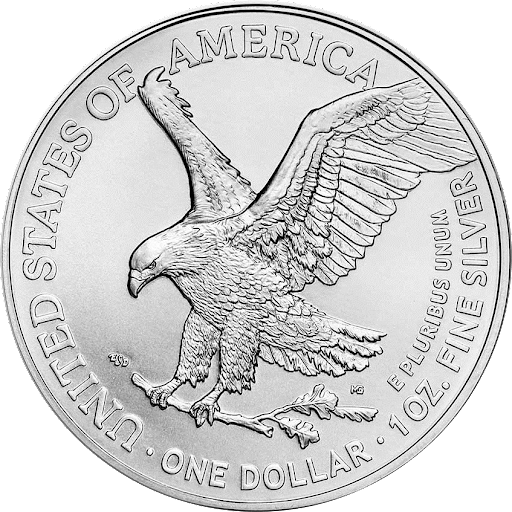
Throughout history, around 244,000 tonnes of Gold has been discovered, with around 209,000 of those tonnes actually mined. In 2022, worldwide Gold production stood just over 3,000 tonnes. Divide the stock by the flow (209,000/3,000), and we get a stock-to-flow ratio of just under 70. (As a side note, if we use the discovered value, the ratio climbs over 81.)
In other words, Gold is pretty damn scarce.
By contrast, over 1.74 million tonnes of Silver has been discovered to date, with global production spitting out 26,000 tonnes in 2022. Divide our stock by our flow (1,740,000/26,000), and we get a ratio of just under 67. That’s not far off from Gold’s near-70 ratio.
Now, of course these ratios fluctuate. But what these numbers sitting so close together tells us is that both Gold and Silver are in relatively high demand – and relatively scarce. As a result, it’s reasonable to presume that their prices will rise over time.
Unfortunately, given that Silver is far more abundant, it’s unlikely to eclipse Gold entirely.
Silver’s Growing Industrial Demand
Much of the value and volatility of Gold and Silver is linked to their industrial Portfolio. (Or in Gold’s case, the relative lack thereof.)
Roughly 50-60% of all Silver is allocated to commercial applications, especially electronics and the green economy.
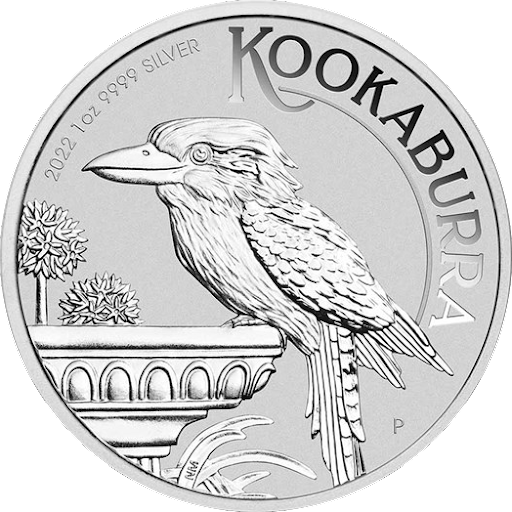
By contrast, just 10-15% of humanity’s Gold stores are used for industry. The rest is made into jewelry or Bullion.
Thanks to Silver’s lower price and wider list of use cases, demand for industrial Silver continues to rise. Industrial demand alone soared from 445.2 million ounces in 2012 to 539.6 million ounces in 2022. Overall demand grew, too, from 978.8 million ounces to 1,101.8 million ounces.
Despite soaring demand, it’s important to consider that Silver is more readily available than Gold, too. That’s likely an outsize contributor to the fact that Gold has averaged over $1,800 an ounce in 2023 – while Silver hasn’t yet breached $25.
Soaring Institutional Demand
In recent years, Silver’s popularity has soared among investors big and small. A primary culprit has been the pandemic, which saw many risk-averse investors move into more tangible assets to protect their Wealth against inevitable collapses in the Stock and Crypto markets.
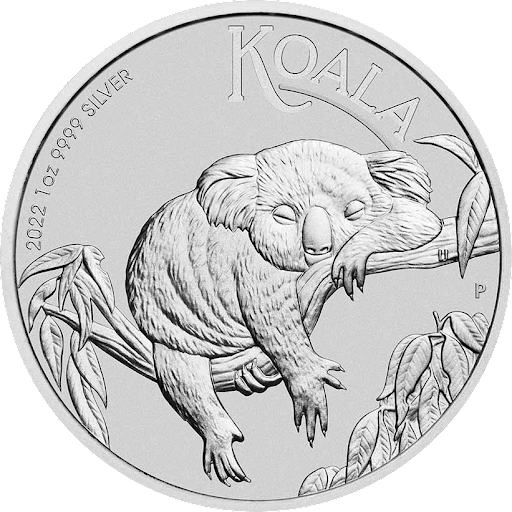
However, as Stock performance has ticked back upward, some investors have moved out of Silver and back into more traditional assets.
Though institutional demand (particularly for bars and Coins) has risen overall, the stagnation of other demand has dragged the price of Silver down with it. Between April 2020 and March 2023, the value of Silver dropped from a pandemic high of over $33 to just over $22.
Was Silver Worth More Than Gold in the Past?
Some investors have pointed to historical literature that suggests Silver was at one time equal to, if not more expensive than, Gold in the past.
For instance, in 1919, William Jennings Bryan wrote that, “The morning papers announce that the Bullion in a Silver Dollar is now worth five cents more than the Bullion in a Gold Dollar.”
And in January 1920, the Silver the World Sensation (a mining newspaper editorial) announced that, “For the first time in history, Silver Coin, of the leading nations of Europe, sold at a higher price than Gold Coin. This of course does not mean that Silver is more valuable than Gold, merely a Silver Dollar or Shilling is worth more than a Gold Dollar or Shilling.”
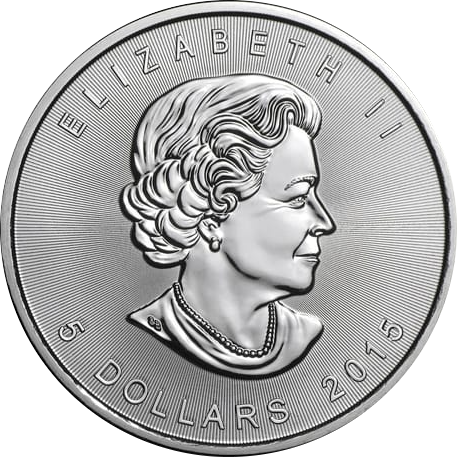
However, such fluctuations are often more complex than the spot price of Silver surpassing Gold. Just because Silver Coins grow more valuable than Gold Coins doesn’t mean the metals themselves have swapped places on the value scale. (If anything, these examples highlight the importance of investing in Precious metals to guard against currency fluctuations.)
And if you need more proof, the Gold-Silver ratio shows that the price of Silver has never come close to parity with Gold.
Silver’s Future Value: Quick FAQs
Will Silver Be Valuable in the Future?
Chances are, yes! While the value of Silver is constantly in flux, growing demand has kept its value over $15 since the 2009 crash. While that’s not as high as Gold’s recent $1,800-plus streak, it suggests that Silver is remarkably resilient.
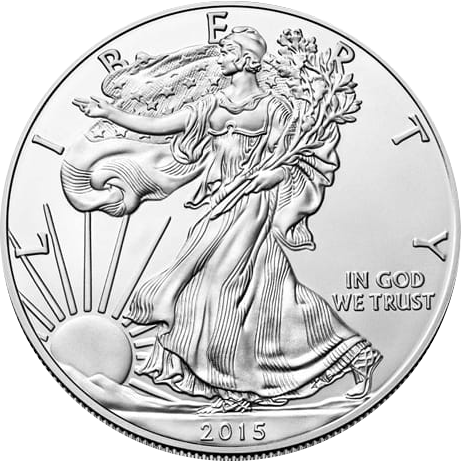
What Will Silver Be Worth in 10 Years?
It’s difficult to predict the value of anything that far out – especially something like Silver, which has seen major fluctuations in recent years. (Consider that the price of Silver reached a high over $50 per ounce in 2011…and yet, hasn’t breached $25 in 2023.)
But some analysts have issued shorter-term Silver valuations that may be useful.
For instance, the World Bank sees Silver prices averaging around $21 through 2023. Less mainstream analysts predict that Silver will reach as much as $92 per ounce before the end of 2027.
Of course, that presumes our current, gradual uptrend will continue for several years. If the Silver market crashes due to unexpected economic or geopolitical interference, prices may fall instead.
Will Silver Hit $100 an Ounce?
Silver has never hit $100 per ounce in the United States – yet. However, Gov Capital sees potential for Silver to breach $90 per ounce by 2027. And CEO of First Majestic Silver Keith Neumeyer said in an August 2022 interview that he sees Silver topping $130 an ounce in the future. (Of course, there are no guarantees – but wouldn’t it be nice!)
Will Silver Ever Lose its Value?
It’s highly probable that Silver will see price volatility in the future. But given its incredible industrial uses, it’s unlikely it will lose all of its value. A more likely scenario is that Silver will dip and recover in blips while continuing to edge higher.
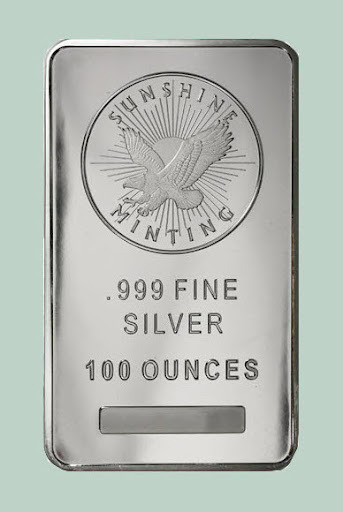
So, Will Silver Ever Be Worth More Than Gold?
Unfortunately, it’s highly unlikely that Silver will ever be worth more than Gold. (At least in the near future.)
However, that doesn’t mean Silver is a bad Investment overall; high industrial and Investment demand are likely to buoy prices for years to come. By tempering your expectations about its future performance, you can make it an essential part of your long-term financial strategy.
About Satori Traders
Hi, my name is Bryan Post and I love the shiny stuff - Silver and Gold.
I've been investing in the Precious metals and mining stocks since 2002 when I realized that Gold is the only real money on the planet.
Here on Satori Traders I share everything I've learned about the metals, Financials markets, trading, Technical analysis, and the numerous games that central banks play with fiat currencies.
https://satoritraders.com/precious-metals/silver/worth-more/

